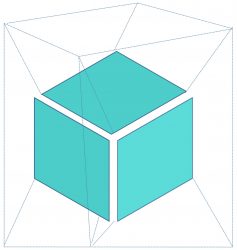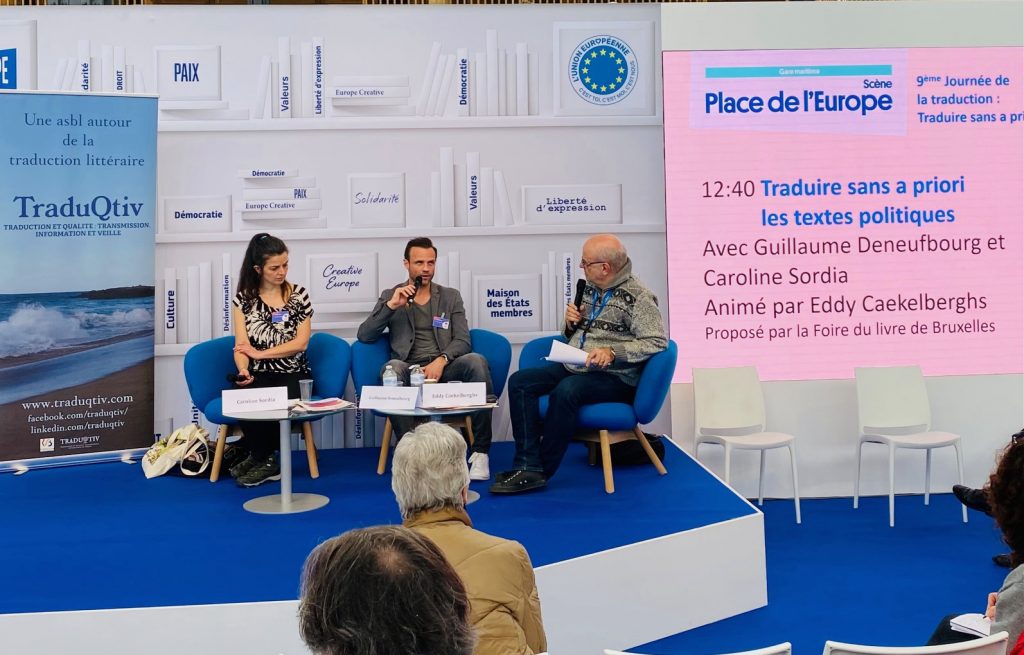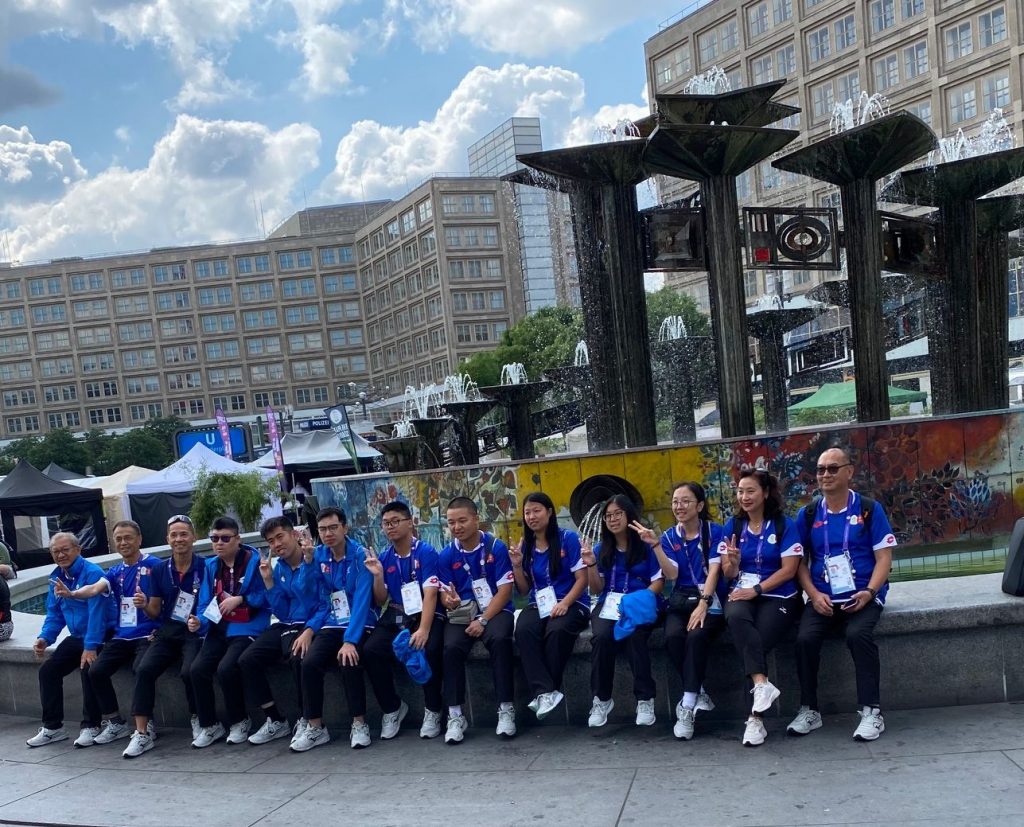Ever since Hans Christian Andersen created the fairy tale of the “ugly duckling” (1843) the story has been adapted to all forms of theatre. The adaptation of the fairy tale to the stage in 2019 and the revival in 2023 at the “Deutsches Theater” in Berlin keeps inspiring people to surpass their restrictions or inhibitions, whatever they may be. This early 19th century fairy tale is a fine piece of the search of identity of a person. As it deals with the difficulty of individuals to find their own identity, the fairy tale deals already with the fitting of an individual into society. Society exercises pressure on individuals to conform to written and unwritten rules, which tend to hold up rules like “one size fits all”. Differentiation and allowing individuals to be different from an established norm becomes a central theme of modernity and even more so in the post-modern world. It is the essence of democratic societies to practice a tolerance of persons being or just wanting to be different. The performance at the “Deutsches Theater” might be a test of your level of tolerance or acceptance of diversity for some, but at the time of rising intolerance in and beyond the U.S. under Trump, such performances are dearly needed to celebrate the rich cultural heritage and achievements of far reaching tolerance. It becomes more evident what we are about to loose (again), if such performances would no longer be possible in a controlled or financially overly restricted world of theatre.







